For much of its history, Ethiopia was known as Abyssinia. To my pleasant surprise, it turned out to be perhaps the most interesting country I ever visited, just one surprise after another. I left home on December 7th and returned on the 21st. Given that it is 62 percent larger than Texas, I'd need a couple more weeks to see it thoroughly. Ethiopia has 110 million people, with a 2.5% growth rate in population, so one sees kids everywhere. At that rate, it will double in population in 28 years, a frightening prospect. Most people I talked to have families with 6-9 kids. Consequently, all large wild game have disappeared in recent years, replaced by cattle to feed the masses. Sad--if one likes wildlife.
The dotted lines on the map show where I flew in the country, and the solid lines show where I either hired a car and driver or took a guided tour.
Gonder
Gonder was made the capital of Abyssinia in 1636 by Emperor Fasiladas. The city remained the capital until the mid-1800s. Numerous buildings, including an impressive castle, remain from the period.
The Rock Churches of Lalibela and Tigray
Ethiopia is primarily Christian, the faithful calling themselves Ethiopian Orthodox Christian. Their earliest churches were built in remote mountains and canyons where they were relatively safe from marauding pagans. In the Tigray region north of the large city of Mekele, some 120 of these 4th Century churches are intact--though often extremely difficult to reach. I had to climb over a thousand feet high to reach one--though I failed to muster the courage to manage the final extremely steep 20-foot climb and a harrowing walk along a narrow ledge on a cliff face.
Lalibela, a small city, is home to eleven of the most unusual churches in the world. The first, and most famous, was built by Emperor Lalibela in the 12th Century. It, and the other ten, were not built, as such. Rather, they are monolithic, that is, they are carved out of solid rock. His church, called The Church of St. George, was carved downward 65 below the surface. Then an interior was carved out once the building was evacuated. To see that church was the most important reason I wanted to visit Ethiopia. It was worth it!
The Danakil Depression, a bit west of the Red Sea, is a large barren area of salt flats and bubbling sulfur-rich formations as deep as 190 feet below sea level. Three tectonic plates grind into each other deep below the surface, providing the energy for this active area. I was pleasantly amazed when I saw it, as I had no idea of the incredible colors and formations I was in for. One can constantly hear boiling concoctions just under the fragile surface, so I wondered if I was going to visit Hell. If Yellowstone could visit Danakil, it would be put to shame. I have a list of my favorite 50 natural places in the world--and Danakil cracked the list.
And I was so lucky to be at the salt flats when there were two camel caravans. Salt is harvested there, and the caravans carry the salt on the backs of camels on a seven-day trek to a processing plant. As one caravan was leaving, another group was actively harvesting the salt with nothing but picks and other hand tools. I would have never expected that such an ancient production process still existed anywhere in the world. After watching such toil in 90-degree heat under bright sun, it makes me laugh when I hear of Americans talking about how hard they work. They ain't seen nothin'!
An Agricultural Time Warp
As a Newton farm kid, I was absolutely amazed to see the agricultural practices as I drove through hundreds of miles of farming country. I probably saw over a thousand small farms, and I never saw a single piece of mechanized equipment. No tractors, no grain drills, no combines, no electric saws, pumps, etc. Nothing but home-made had tools, most made out of tree limbs. Seventy five percent of Ethiopians live on farms, and 80 percent of their output is consumed, leaving little for sale to buy goods and services. That'll leave one poor.
"Houses" were almost all made of sticks, and none had electricity or plumbing. Most people have to walk up to five miles to collect water and firewood.
Much of the farmland was in the mountains, so the residents get lots of exercise. I estimated only about a tenth of one percent of the people were fat. In cities I estimated the rate at 15 percent. I'm thinking maybe we should eliminate all school buses.
Epilogue
Whatever maladies, stress, difficulties, etc. we have--it could always be worse. And I certainly saw lots worse than most everyone I ever knew experienced while in Ethiopia. I certainly hope they figure out ways to get out of their grinding poverty. Just working hard does not get one well-off, as an adequate amount of capital equipment is equally necessary.
At the end of my visit there, I spent five days touring some very primitive tribes, where the poverty levels were truly close to subsistence levels. So even in this poor country, it can get worse. Pictures from there will be in my next post.
We all are so blessed to live in a country that has found its way to economic wealth. We have so little to complain about. Yet my dear wife, Dorothy, so often complained that she had to wait 20-30 seconds before the kitchen sink provided her hot water. Perspective, something to think about.

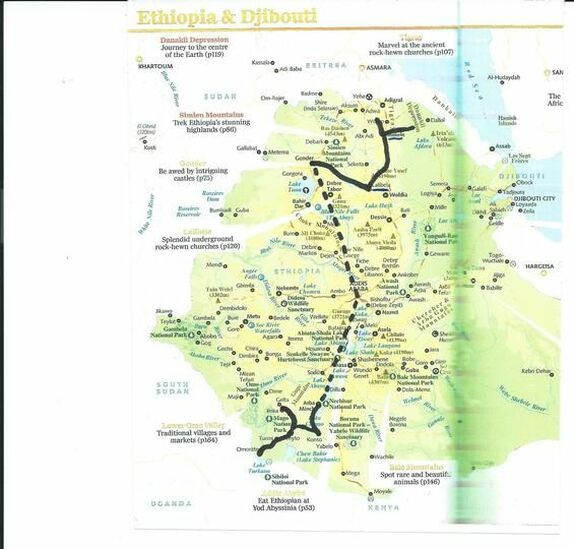
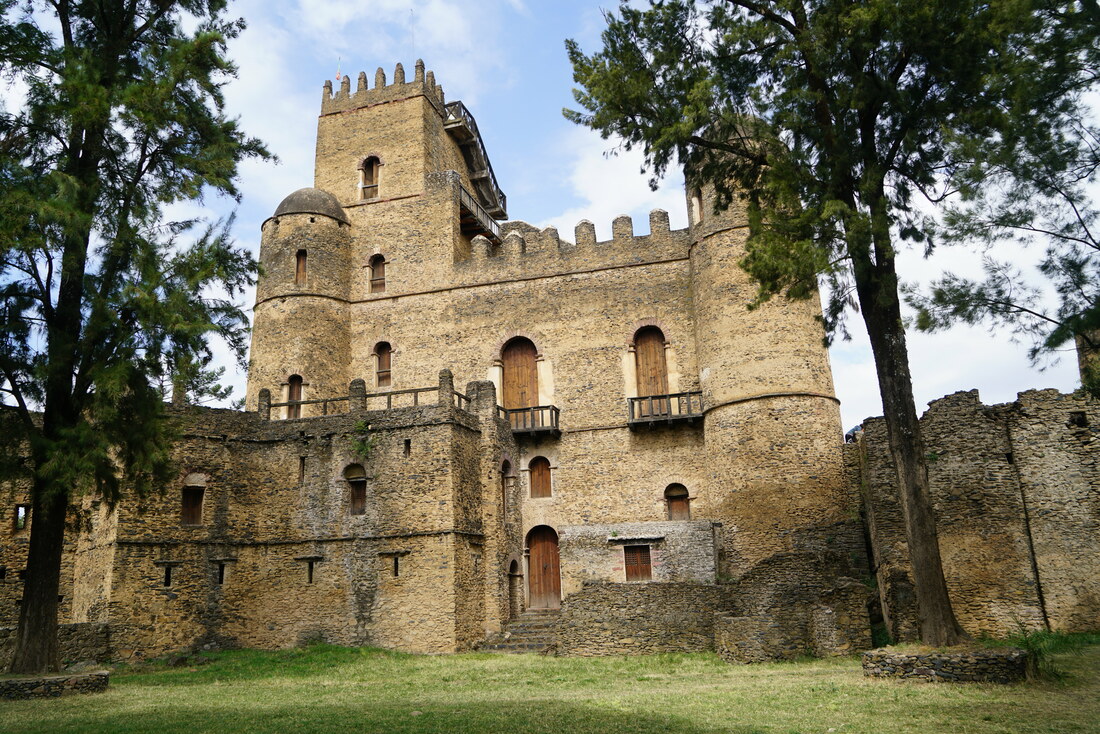
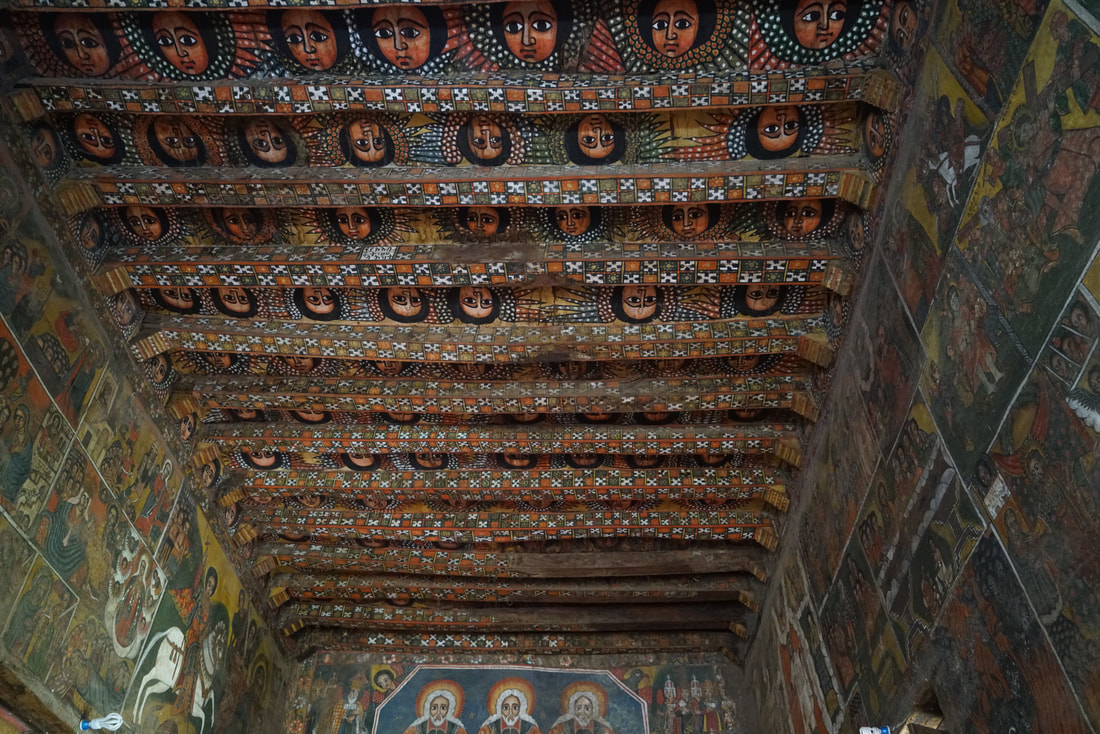
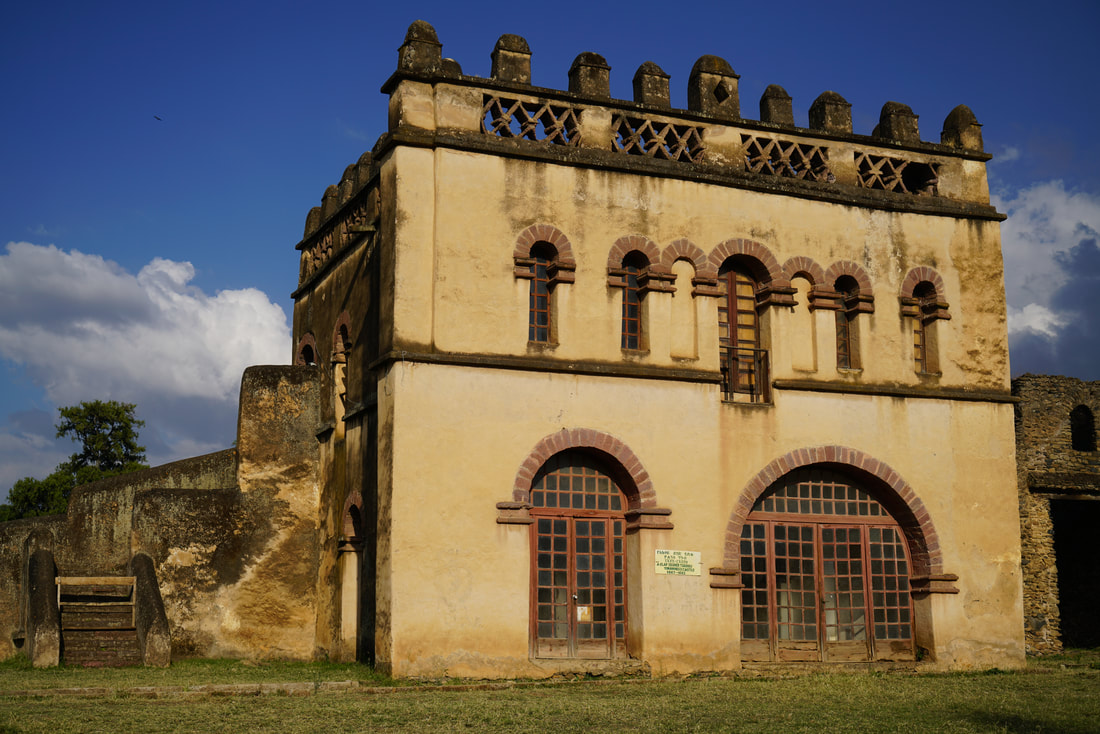
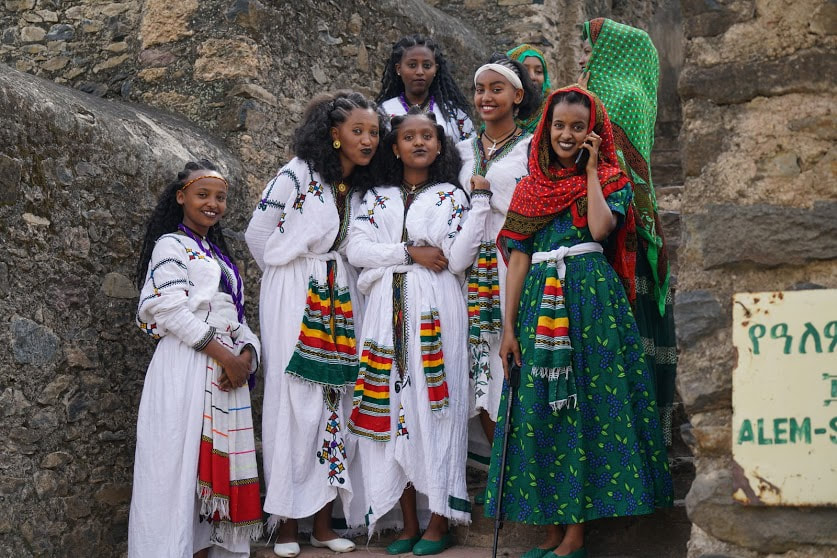
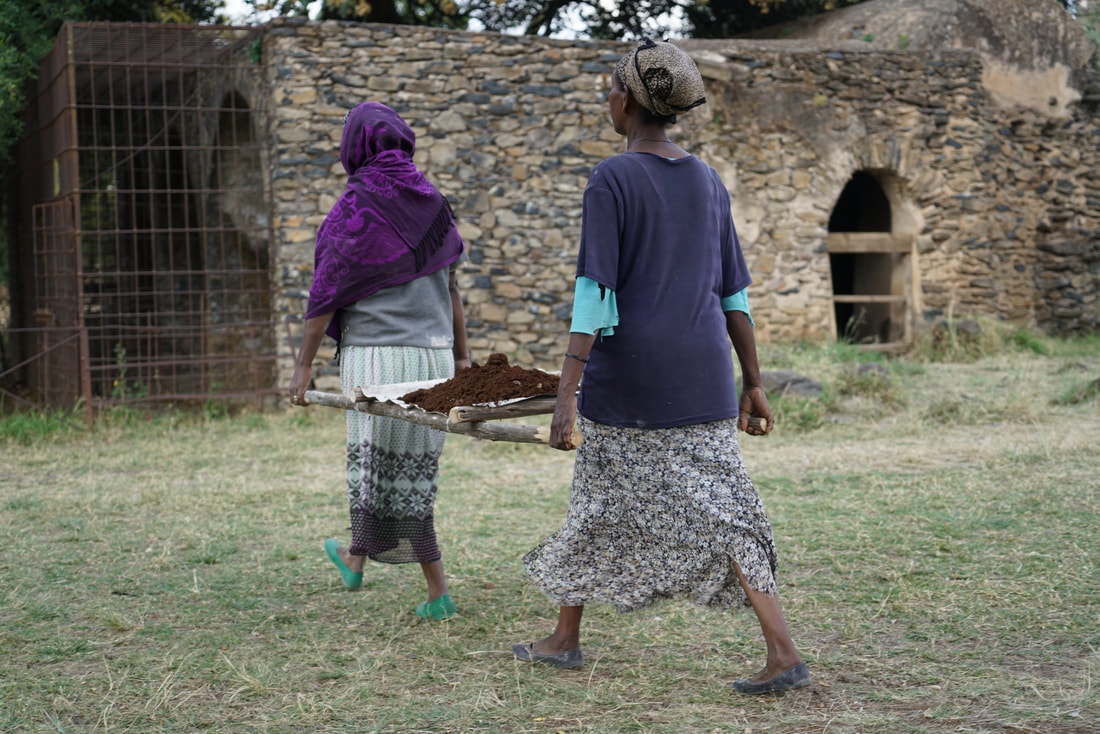
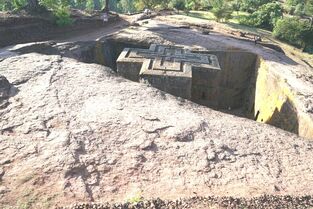
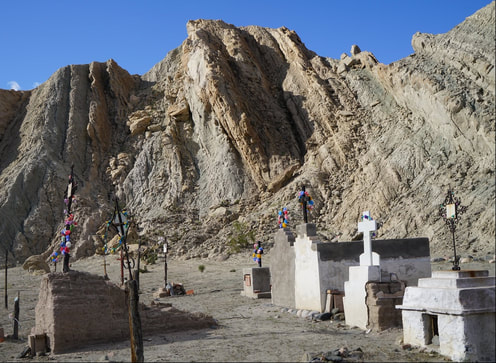
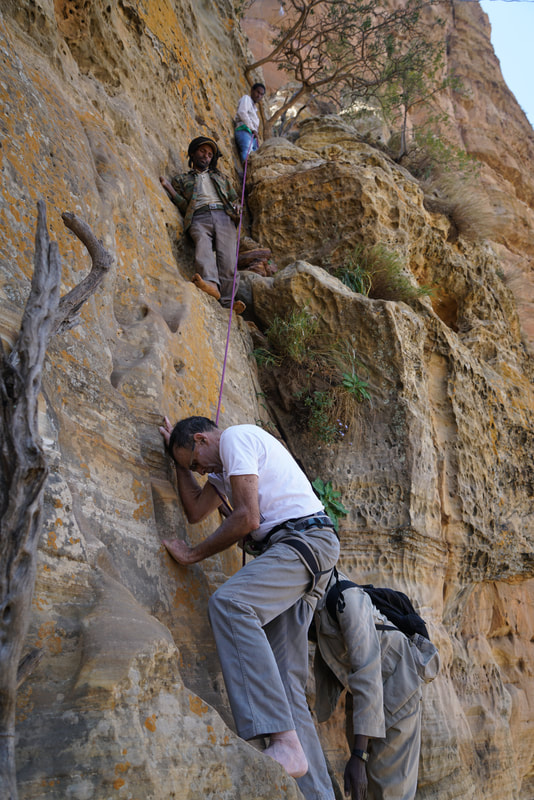
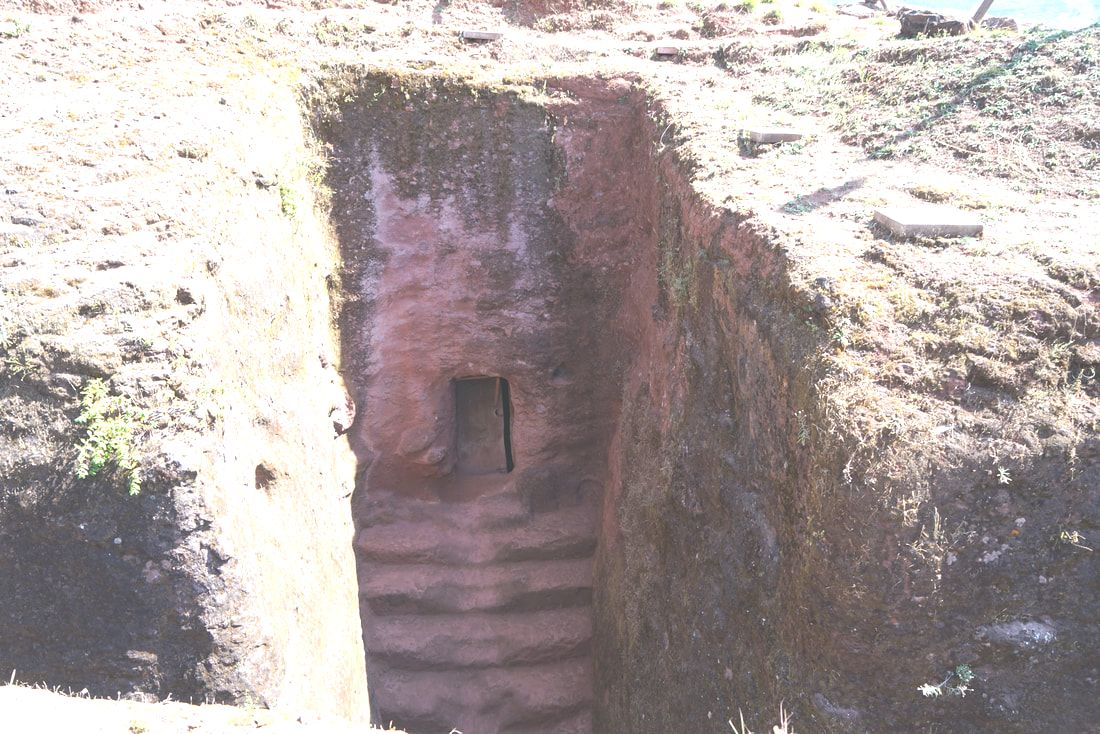
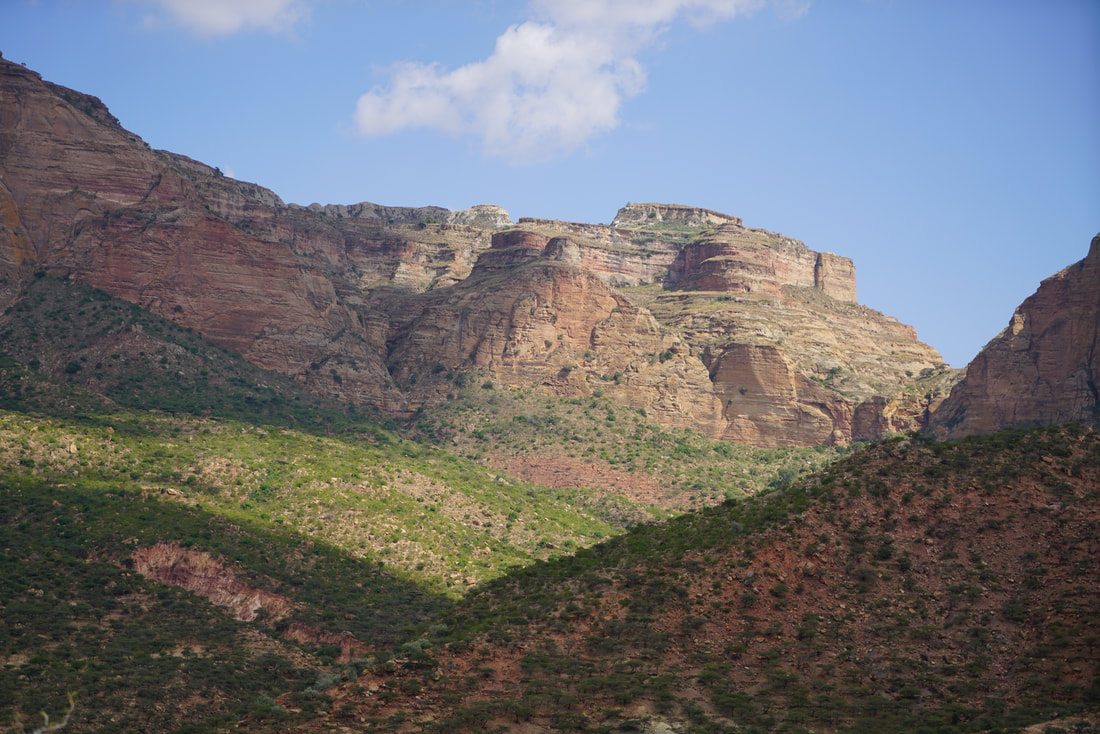
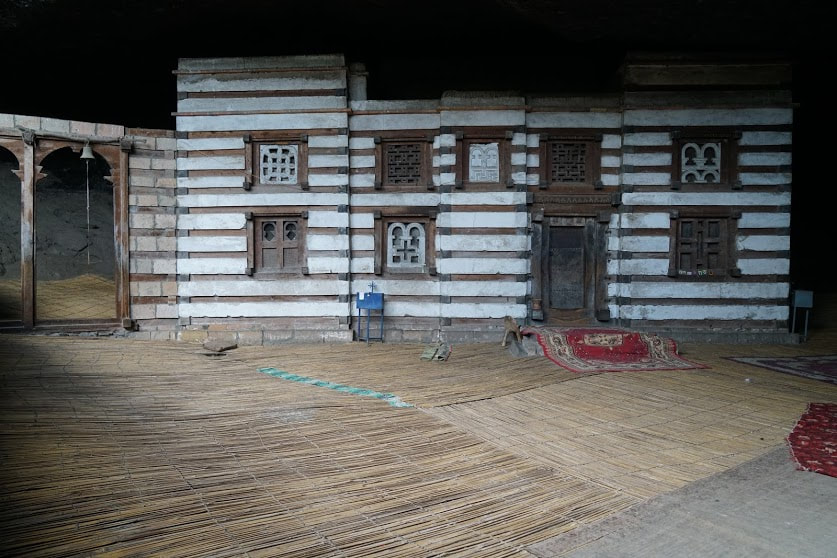
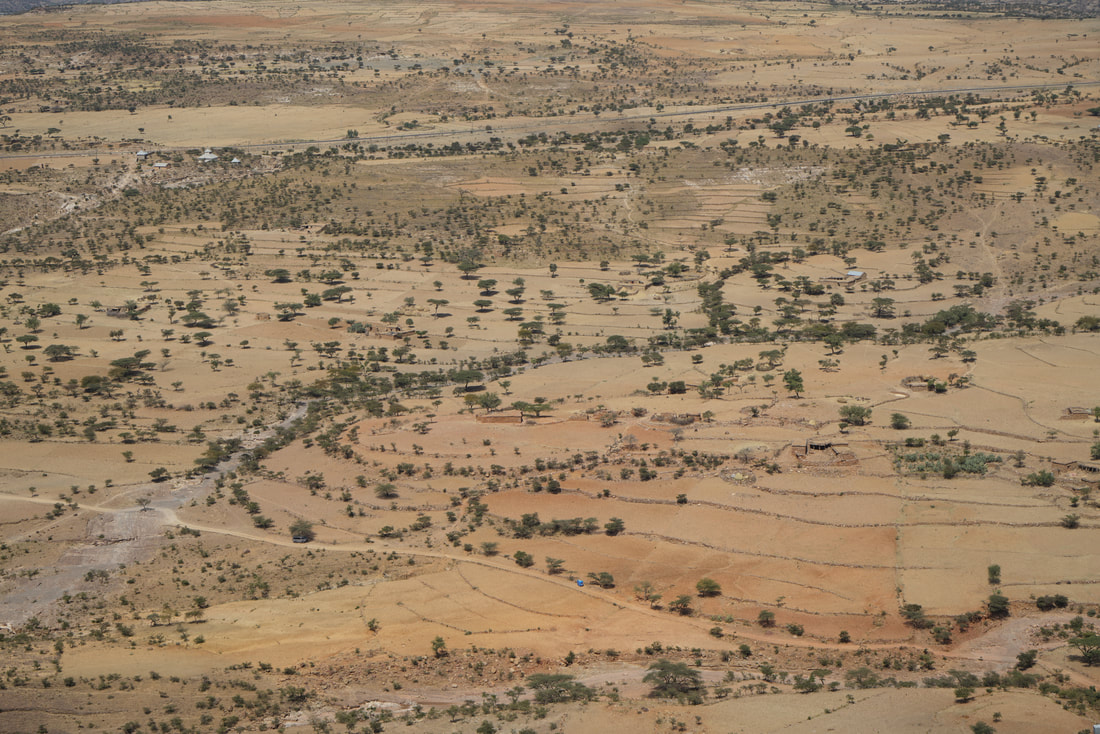
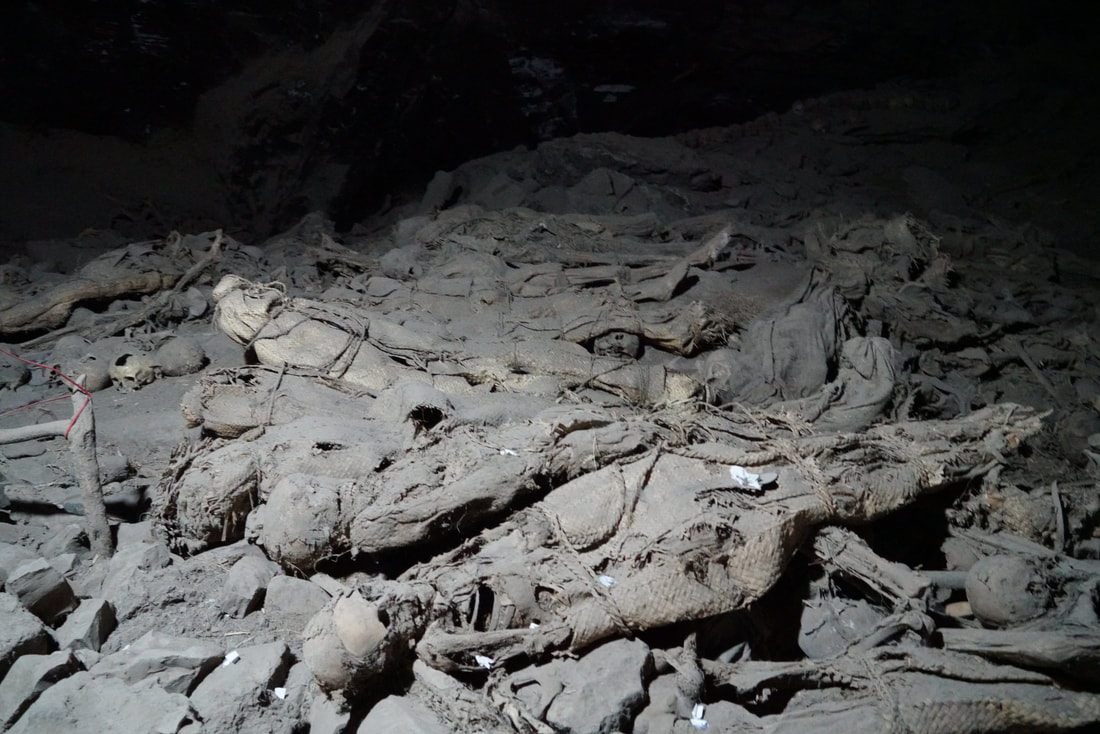
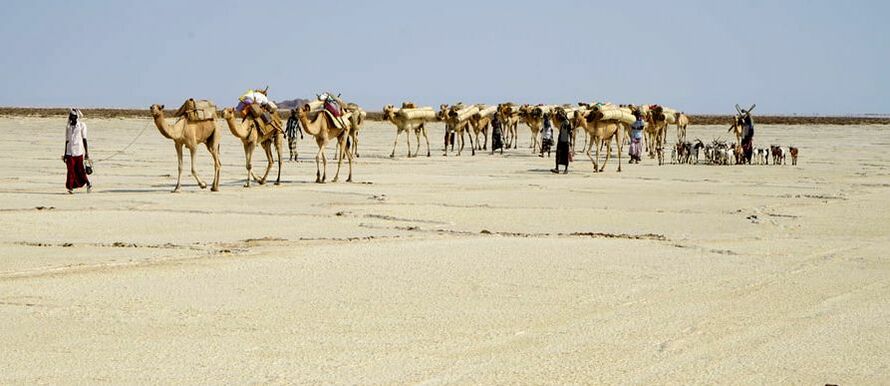
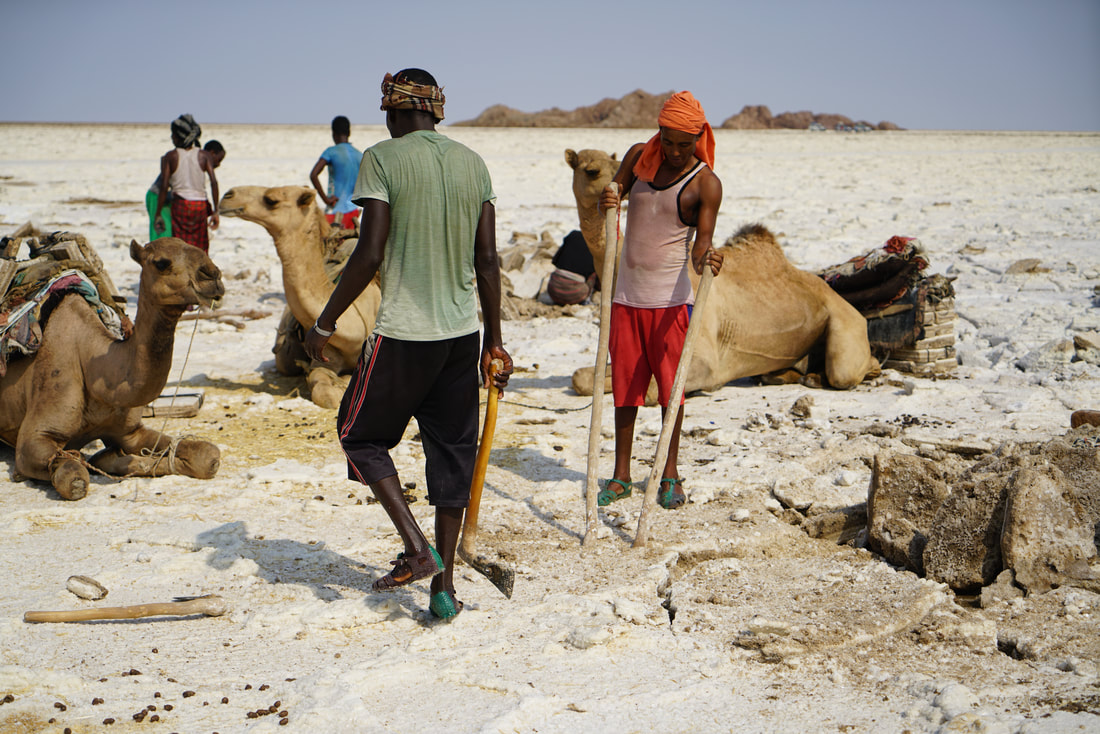
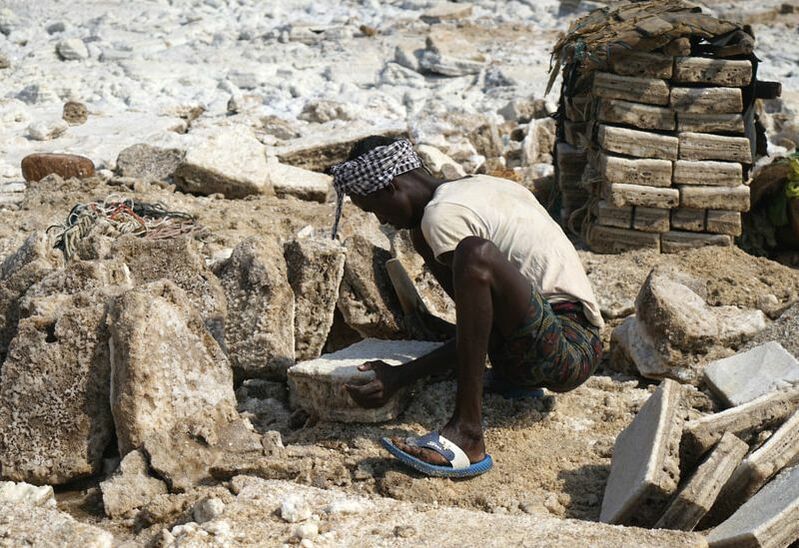
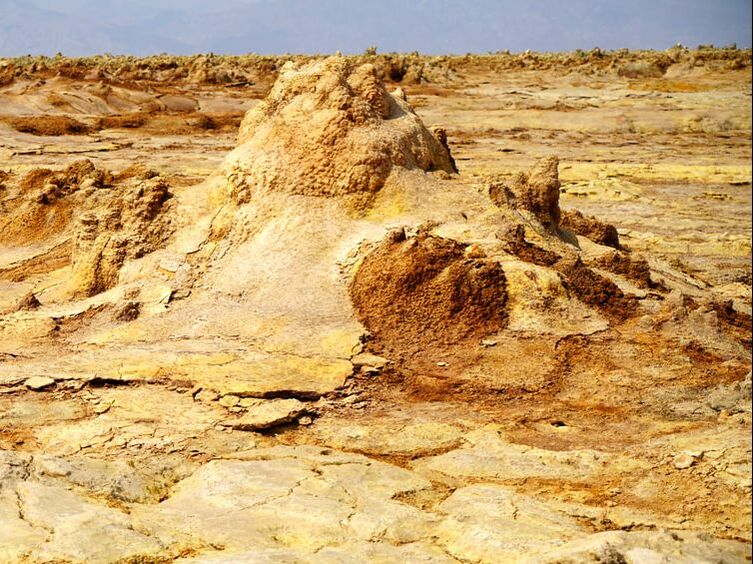
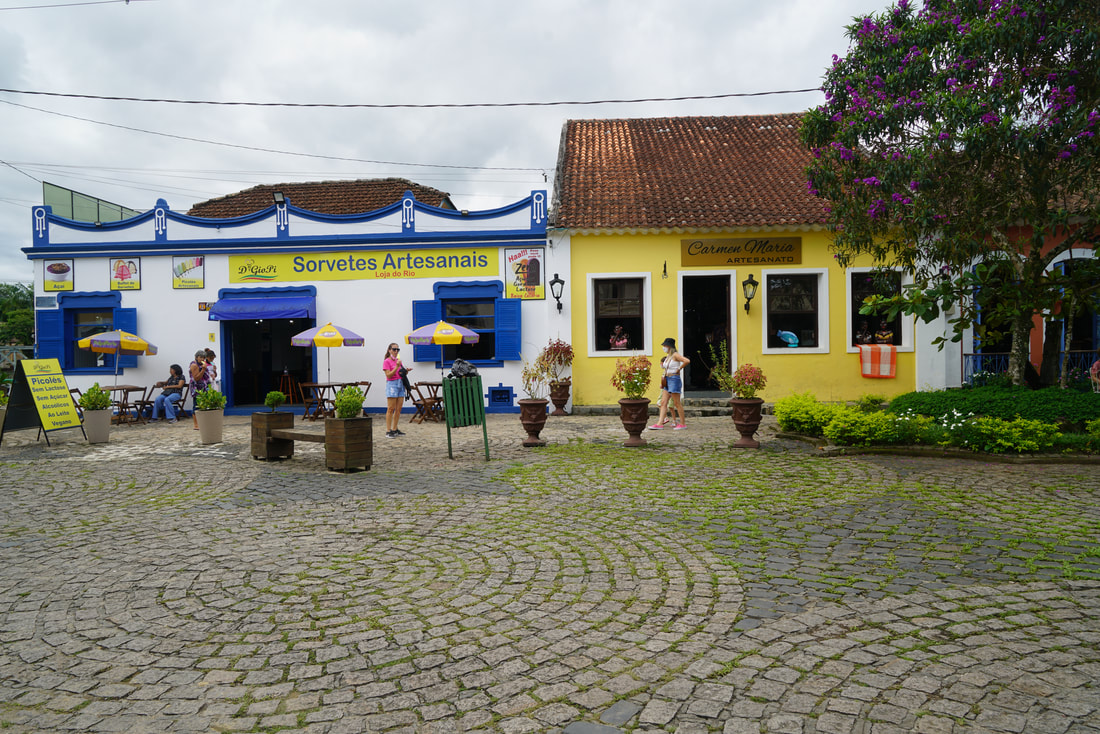
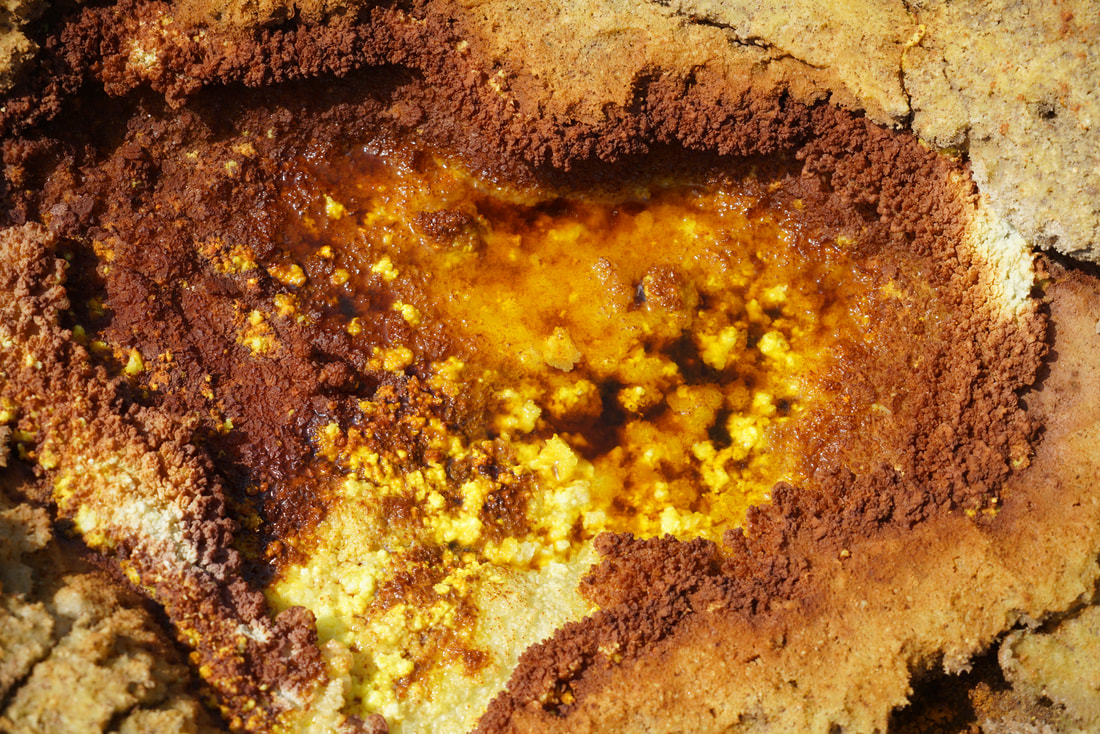
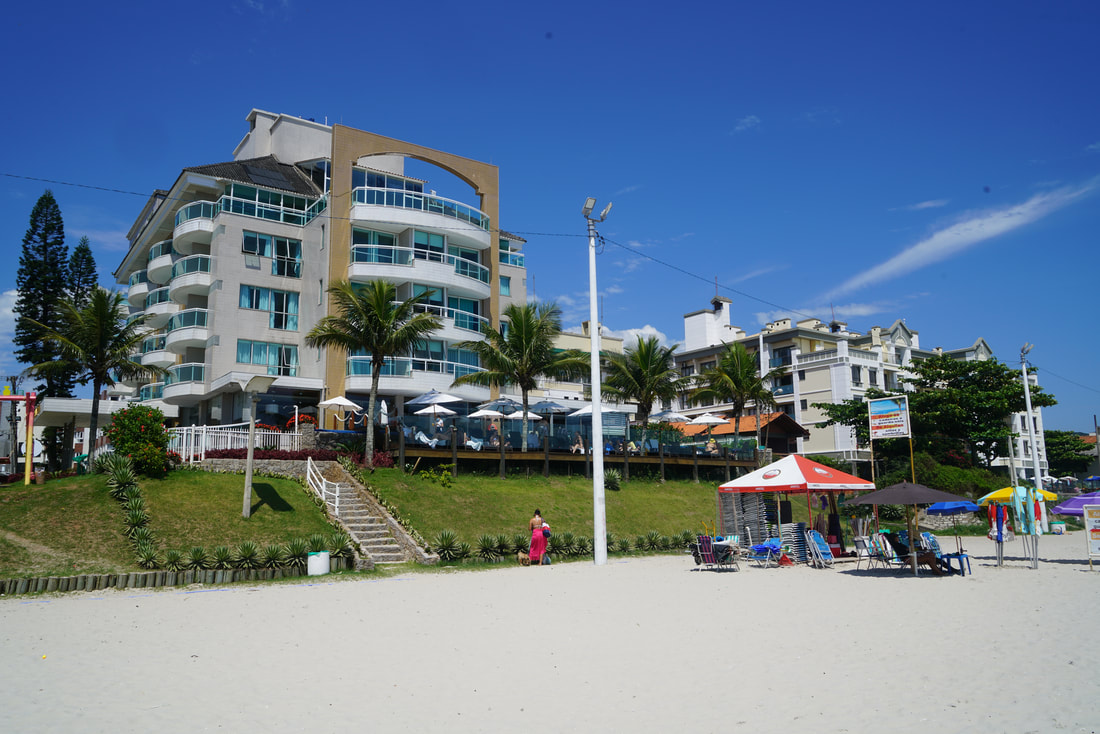
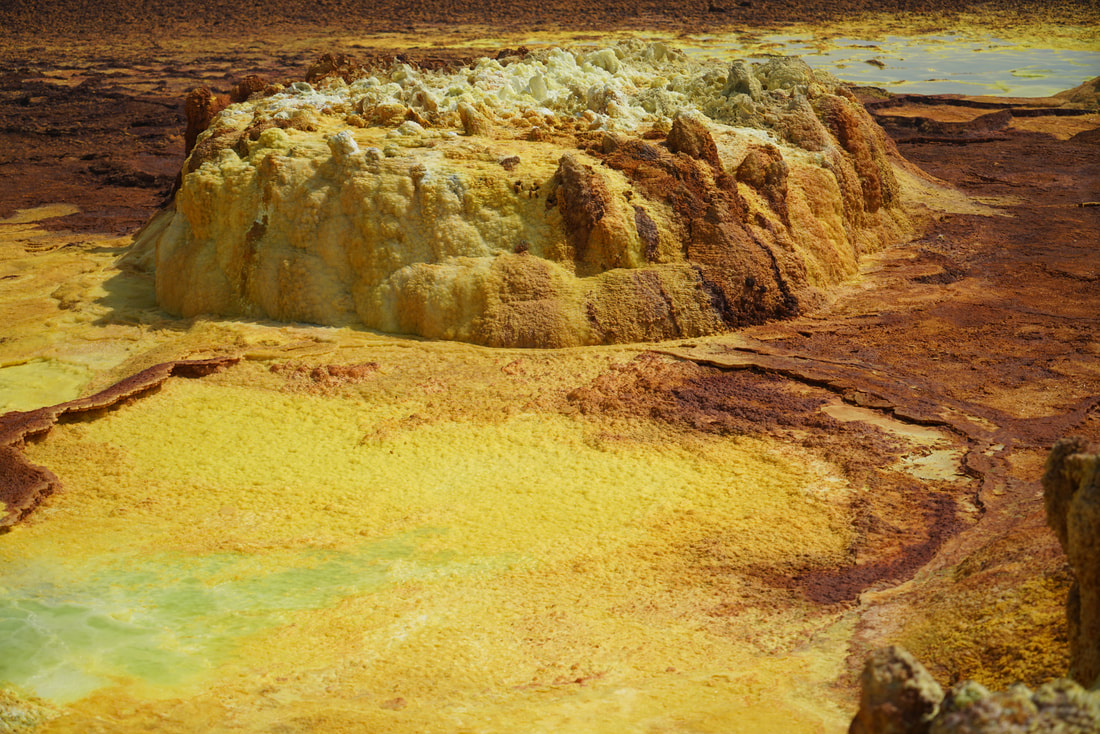
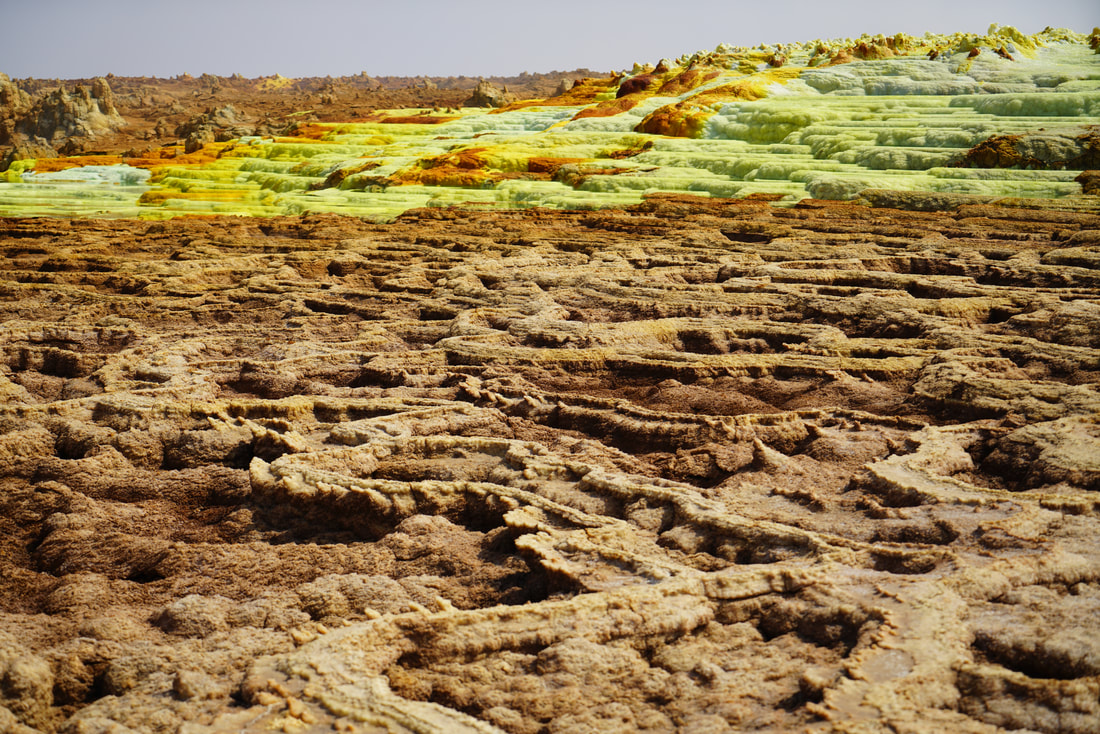
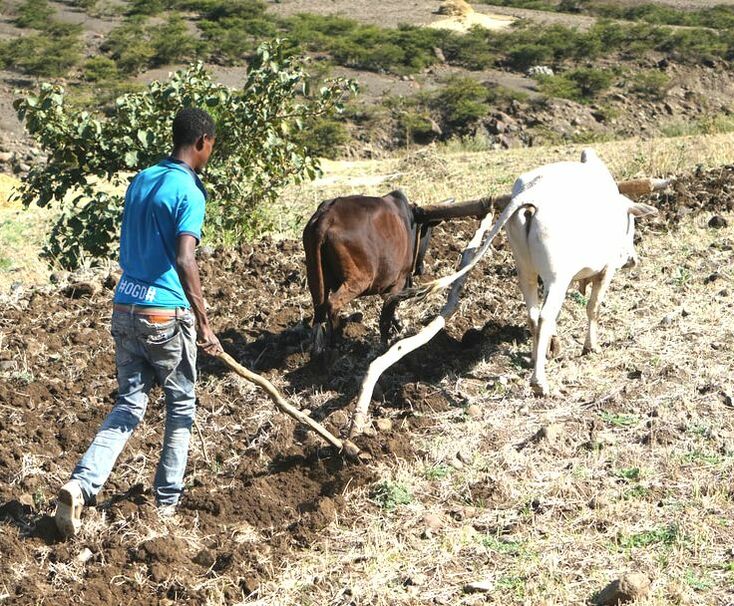
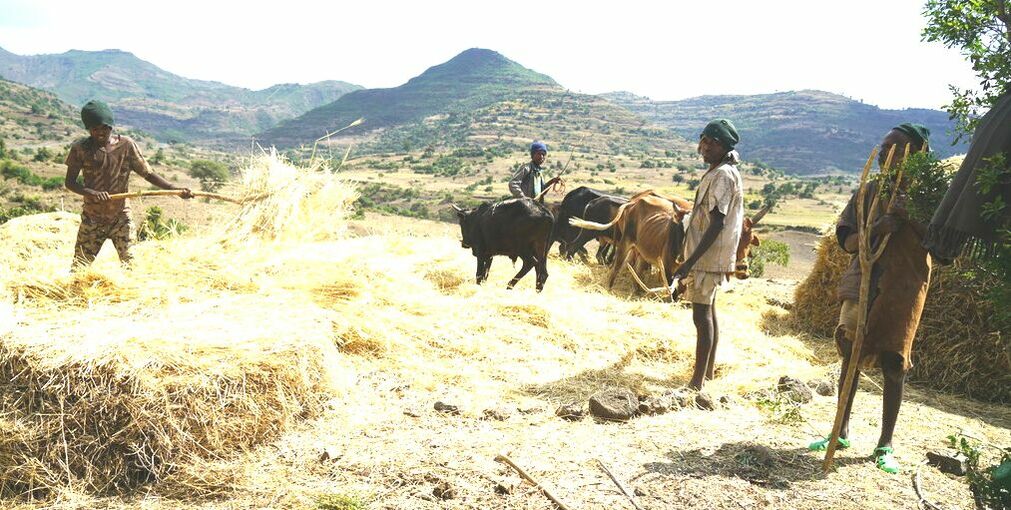
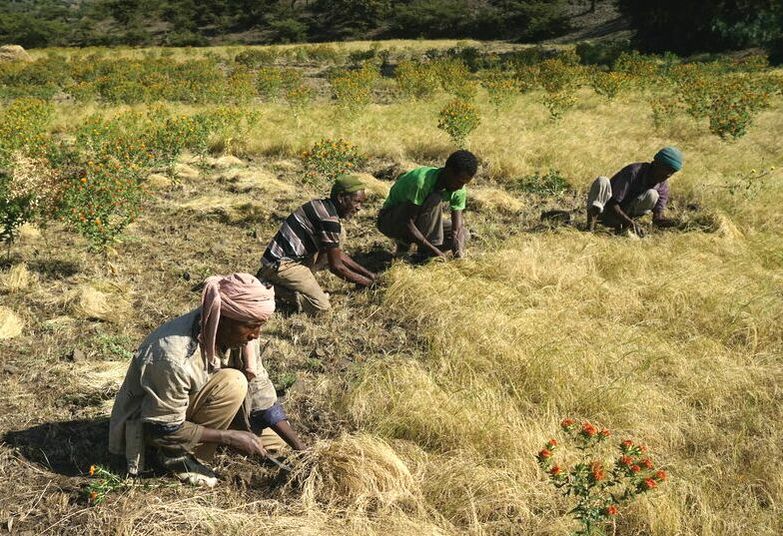
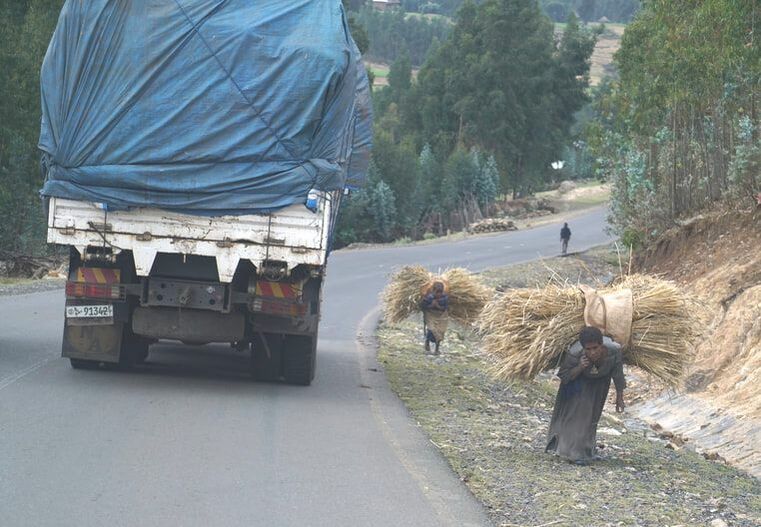
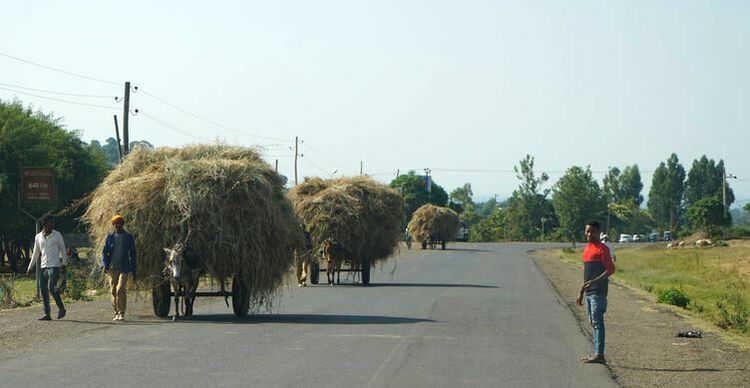
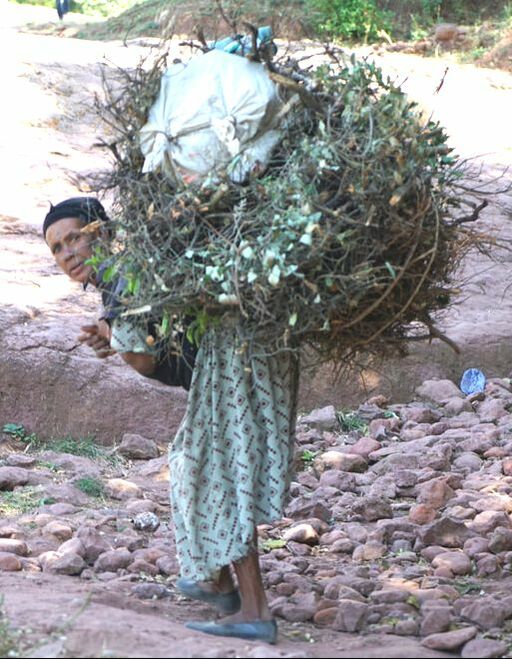
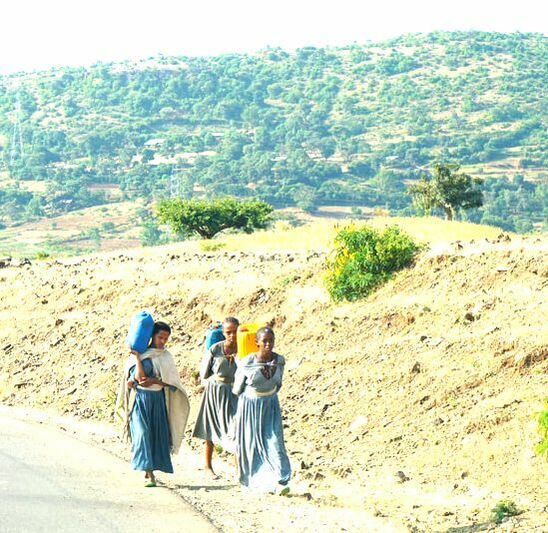
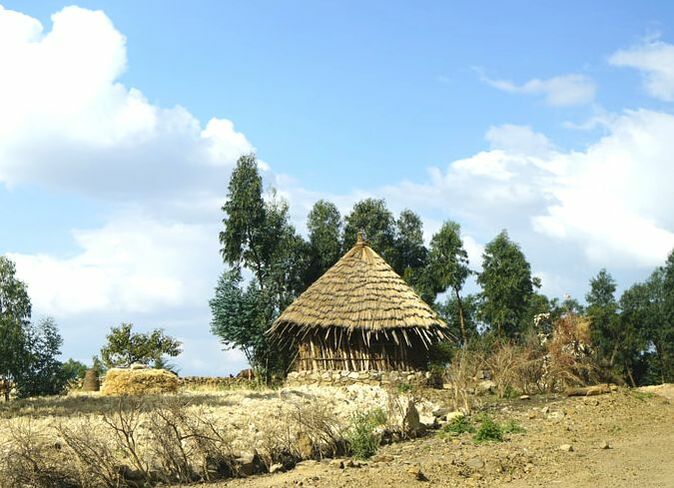
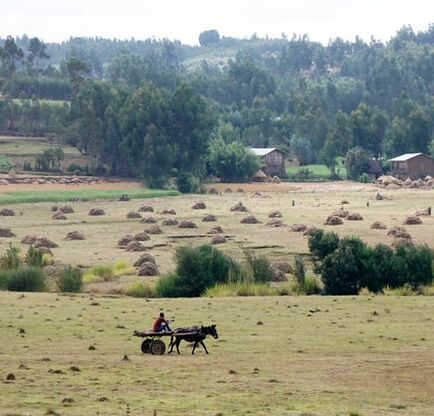

 RSS Feed
RSS Feed